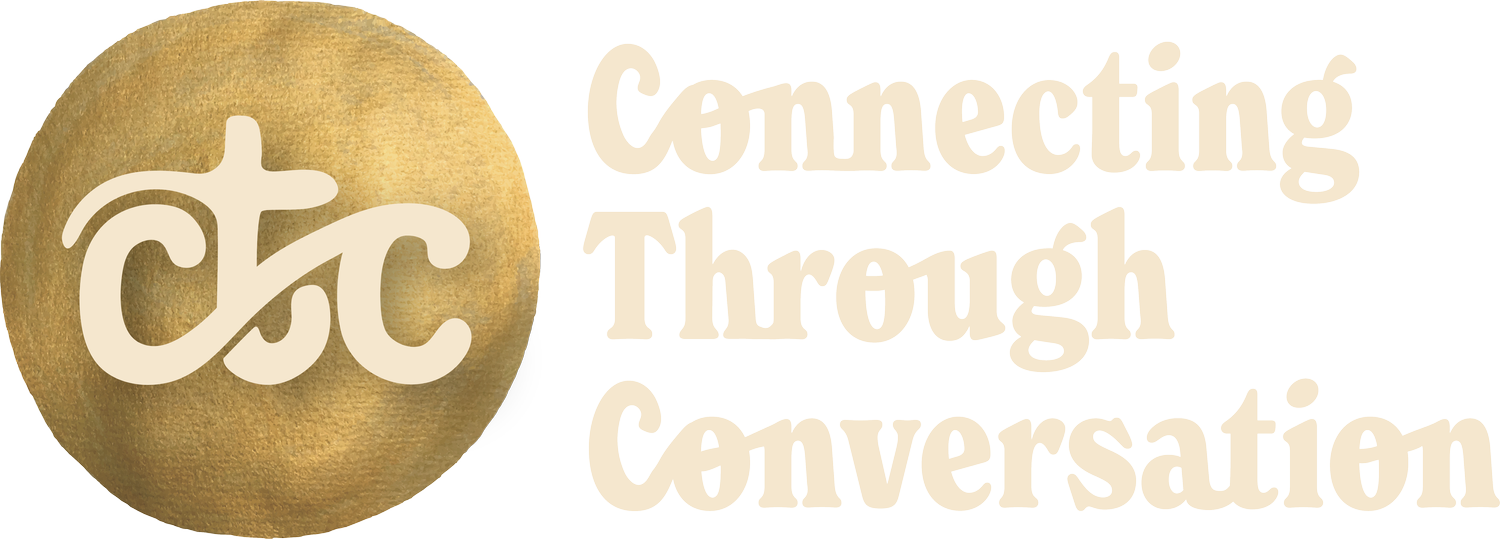To Look or Not to Look?
If you have been in education for a while, you likely have strong feelings about eye contact- lots of educators do! We cannot count the number of times that we have heard the phrase, “Look at me when I talk to you.” We have even said it ourselves! However, when you step back and think about it, how would hearing this phrase impact you? Does it engender connection, or foster frustration? For many kids and adults, eye contact can be threatening, stressful, and even scary.
What we know now is that eye contact is individually, situational, and culturally specific. The psychology of eye contact is complicated! An individual's experiences, neurology, and culture can drastically impact their use of, and comfort with, eye contact. Students who experience neurodiversity often find eye contact very challenging- it is a huge amount of stimulation to look at someone directly in the eye! In different cultures, eye contact can have so many different meanings. In white Western European cultures, avoiding eye contact is considered disrespectful, especially if the person you are talking with is in a position of authority (like an educator). And yet, there are many cultures where looking someone in a position of authority in the eye is disrespectful. In order to continue to build a culture of connection, we must consider a student's culture, background, and neurodiversity when thinking about eye contact.
For many, avoiding eye contact is a way to avoid becoming further dysregulated. This is especially true for people who experience autism, PTSD, social anxiety, or anyone really- especially when discussing something difficult, embarrassing, or complicated. For this reason, when the content of a conversation is a heavy lift, we do not ask the individual to carry the additional load of eye contact. We want students to focus on the message we are trying to send with our words. By not forcing eye contact it increases their capacity to really hear us. This may be why we have some of our best conversations with our own children when driving in the car. Think about it- you are side by side, and eye contact is not even possible! Remember that sometimes, a student may only have the capacity to look at you or listen to you. Not both. You have to think about what is most important.
Yet, it can be tricky to know if someone is listening when they are not looking at you. We suggest using the third point. The third point is a neutral object that you can both look at.. For students, this may be a piece of work they have completed, evidence as part of an investigation, a picture that you are drawing together, or a white board that they use to tell their story. The options are endless. This works for grown-ups too! Think about the last time you received some tough feedback. Did you want to look at the person in the eye, or was it easier to look down or to the side so you could take the feedback in? How would it feel if instead of being required to awkwardly look your supervisor in the eye, you were both looking at a piece of data or some other physical object? We are going to guess you would feel more comfortable looking at the data! This strategy shifts the emotional weight of the words from the people to the third point.
Eye contact is controversial. We get it. This means, we must examine our purpose when asking students to use it. Connected Communicators allow students to focus on someone’s words instead of their face. When a student is avoiding eye contact we remind ourselves that there are times when a student can look at us or listen to us, but not both.

